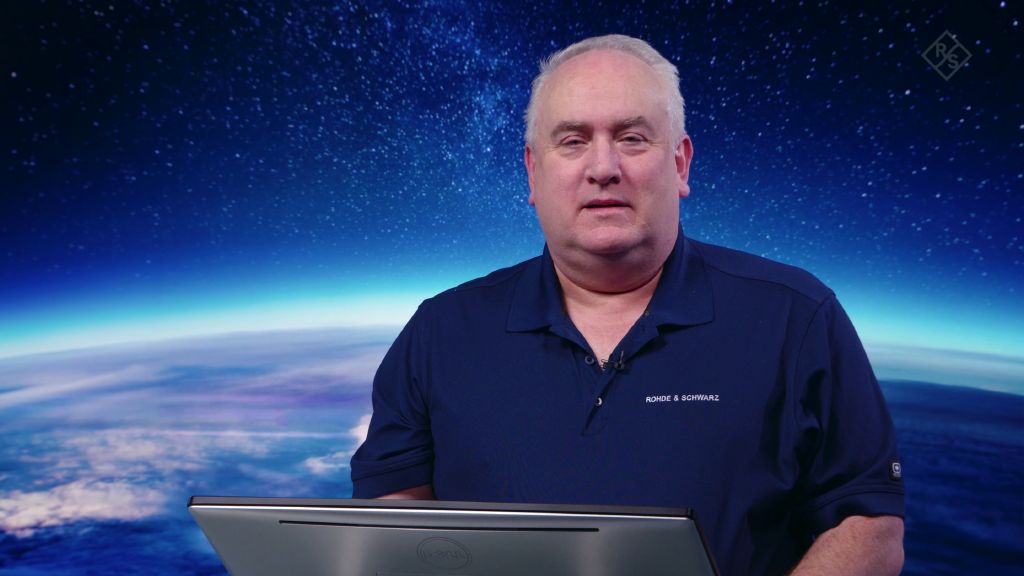Aerospace defense testing / White paper
Principles and challenges of over the horizon radar
Authors: Tim Fountain, Market Segment Manager and Leander Humbert, Technology Manager
In light of emerging threats such as hypersonic missiles and stealth technology, understanding the capabilities and limitations of radar systems is crucial. This white paper contrasts traditional line of sight (LoS) radar with the increasingly relevant over the horizon (OTH) high frequency (HF) radar.
Inside:
- Overview of OTH radar
- HF propagation
- Examples of operational OTH radar systems
- OTH radar challenges
- Measurement technology for OTH radar















